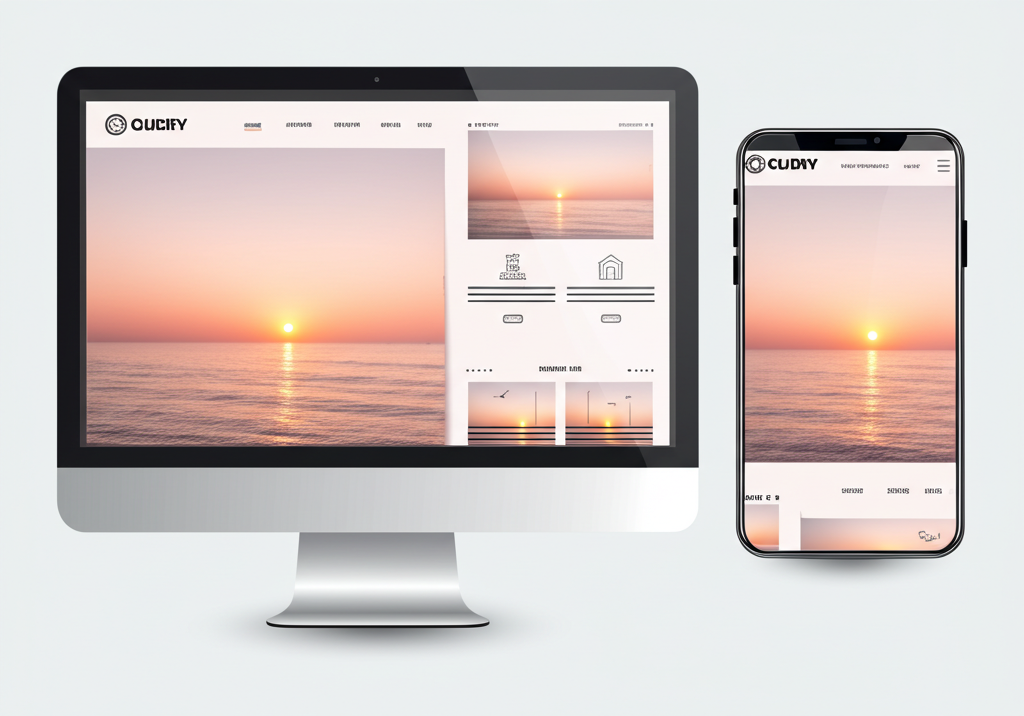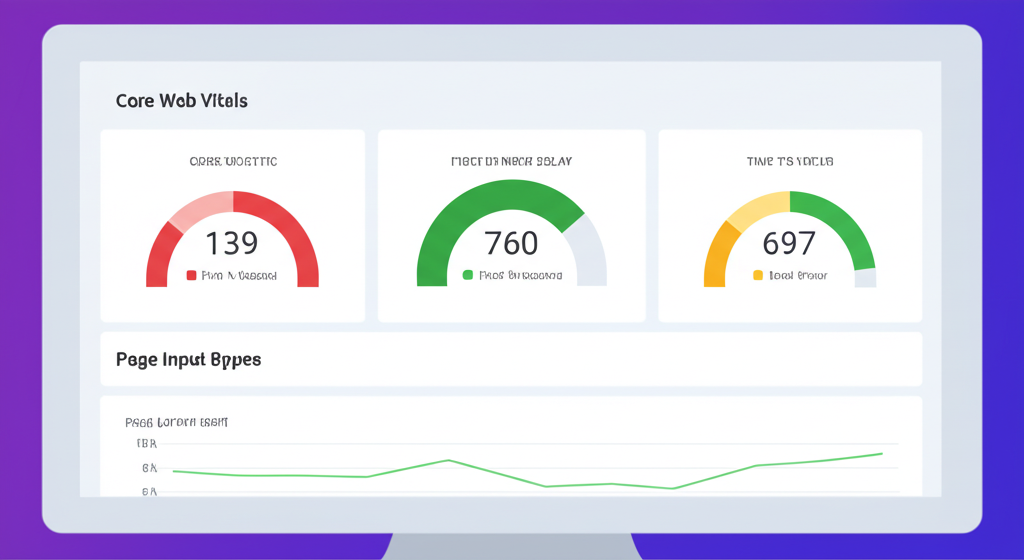
The Ultimate Guide to Modern Web Development Architecture
The landscape of web development has evolved dramatically over the past decade. We've moved from monolithic applications to distributed architectures, from server-rendered pages to hybrid rendering patterns, and from tightly-coupled systems to composable, API-driven platforms.
The JAMstack Approach: JavaScript, APIs, and Markup
At the core of modern web architecture is the JAMstack approach. Unlike traditional monolithic applications, JAMstack decouples the frontend presentation layer from backend services, allowing each to evolve independently.
Key Components of JAMstack:
- JavaScript: Client-side JavaScript handles dynamic functionality through modern frameworks like React, Vue, or Svelte
- APIs: Server-side operations are abstracted into reusable APIs accessed via HTTPS with JavaScript
- Markup: Pre-rendered HTML served from a CDN, generated at build time or through incremental static regeneration
Frontend Framework Considerations
The choice of frontend framework significantly impacts development velocity, performance characteristics, and long-term maintainability.
React with Next.js
React paired with Next.js has emerged as the de facto standard for enterprise-grade web applications. The introduction of React Server Components represents a paradigm shift in how we think about component rendering.
Vue with Nuxt
Vue's Composition API offers a compelling alternative to React Hooks, with arguably cleaner syntax for complex stateful logic.
Svelte with SvelteKit
Svelte shifts the work of reactivity to compile-time rather than runtime, resulting in minimal JavaScript payload.
Data Fetching Patterns
How your frontend communicates with data sources dramatically impacts performance, developer experience, and architectural flexibility.
RESTful APIs
REST remains the most widely implemented API pattern, favored for its simplicity and adherence to HTTP semantics.
GraphQL
GraphQL addresses many REST limitations by enabling clients to request exactly the data they need in a single request.
tRPC
tRPC represents the cutting edge for TypeScript-first applications, offering end-to-end type safety without the need for code generation or schema definition.
Database Strategies
Database selection has evolved beyond the simple SQL vs. NoSQL dichotomy, with new distributed paradigms emerging to support global applications.
Relational Databases at the Edge
Platforms like Neon (Postgres) and PlanetScale (MySQL) have revolutionized relational databases by offering serverless scaling with zero cold starts.
Distributed Document Databases
Document databases like Firebase Firestore and MongoDB Atlas combine the flexibility of schemaless design with increasingly sophisticated querying capabilities.
The Rise of Edge Databases
Edge databases represent a paradigm shift, focusing on global distribution and low-latency access.
Deployment and Infrastructure
The final piece of modern web architecture is the deployment infrastructure, where serverless and edge computing have transformed how applications are delivered.
Edge Functions vs. Serverless Functions
The distinction between edge and traditional serverless is increasingly important for global applications.
Incremental Static Regeneration (ISR)
ISR combines the benefits of static generation (performance, reliability) with dynamic data (freshness), enabling CDN-distributed static assets with background regeneration.
Conclusion: Building for the Future
Modern web architecture is increasingly distributed, composable, and performance-oriented. The most successful implementations share these characteristics:
- Clear separation between presentation and data layers
- Strategic rendering patterns tailored to content types
- Global distribution of both computation and data
- Type-safety across the entire stack
- Optimization for Core Web Vitals and real-user performance
About the Author

Alexander Fountain
Founder & Lead Developer
Alexander has over a decade of experience in web development and technical architecture, specializing in high-performance websites that balance beauty with cutting-edge technology.
Related Articles
Ready to improve your website?
Get a free website audit and discover how to turn your website into a sales-generating machine.
Get Your Free Site Audit

